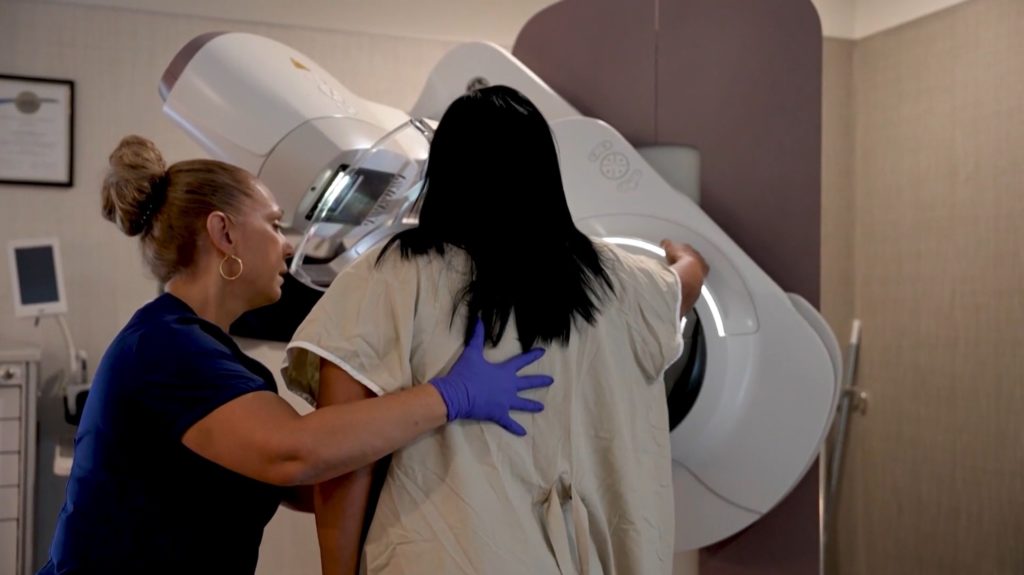5 Somatic Practices To Help Leaders Manage Stress And Prevent Burnout

Dr. Sharon GE Washington, Founder/CEO of Sharon Washington Consulting, Organizational Wellness & Leadership Coach in Healthcare.
Healthcare leaders are guiding teams in the midst of relentless demands, political tensions, rapid change, funding cuts and competing priorities. Over the years, I have coached healthcare executives, program directors and organizational leaders who navigate tremendous stress, and I’ve seen how somatic practices facilitate alignment between mind and body, helping prevent burnout. To help leaders sustain clarity and resilience, here are five practices I encourage utilizing daily:
1. Identify triggers, past harms and sources of stress.
Stress, fatigue or activation don’t appear out of nowhere—these symptoms often come from familiar triggers linked to past harms, identity-based bias or recurring pressures. I guide leaders to map out their stress patterns: What situations spark defensiveness, fear or exhaustion? Naming them creates awareness so leaders can recognize activation in the moment and choose a grounded response rather than a reactive one.
Example: While coaching an African American physician who was a junior leader at the residency program she had graduated from, we identified that her own experiences as a resident of targeting, biased evaluations and macroaggressions were shaping her ability to collaborate with a colleague. The colleague had contributed to the trauma of her residency experience, but she could identify this person’s growth over time. By naming the traumas, unpacking what impact these past experiences had on her and stating her current experience and needs, she was able to create more internal space for engaging with the colleague of her present, rather than the faculty of the past.
2. Breathe to stay grounded and mitigate overwhelm.
Breath is the fastest way to shift the nervous system from fight-or-flight to grounded presence. Practices like box breathing (inhale for four, hold for four, exhale for four, hold for four) or extended exhales can help leaders pause before reacting, regulate emotions during conflict and model calm in stressful environments.
Example: Faculty advisors within a residency program that had dynamics eroding trust with residents began to implement a brief practice of conscious breathing prior to launching advising sessions. This opportunity for connection with the self, the breath and the present moment helped decrease resident anxiety and ground the faculty in their intentions for the session—leading to resident reports of feeling safer and more trusting of the discussion.
3. Move energy through the body with touch and movement.
Stress doesn’t just live in the mind—it’s stored in the body. Somatic practices like stretching, tapping, shaking out tension or even walking outdoors can discharge “charged” energy before it turns into exhaustion or irritability. I encourage leaders to weave in at least one body-based reset daily to stay somatically aware and release accumulated strain.
Example: A Latina senior resident I was coaching struggled with providing peer-to-peer feedback to a junior Latina resident who was often defensive and closed to constructive criticism. Not only did this make peer teaching and workplace management difficult, but it also activated identity-based concerns about how such an underrepresented group was being represented in the workplace. By integrating tapping into her preparation for critical conversations and shaking into her post-conversation practices, she was able to overcome the visceral reactions she was having to these interactions.
4. Engage trusted support systems.
No leader thrives in isolation. I remind clients to cultivate support both inside and outside the workplace—mentors, peer coaches, therapists, friends or family. Having trusted partners to process challenges helps leaders release stress rather than storing it in their body while also broadening their perspective and building resilience.
Example: An African American woman administrator within graduate medical education struggled to emote her experiences, as her close personal confidants didn’t understand the complexities of graduate medical education and her colleagues couldn’t relate to her experiences as a Black woman. By attending networking opportunities and creating a network of other women of color within graduate medical education in various positions and roles at different institutions, she was able to create a trusted and understanding community to release and process her experiences and stress.
5. Align your physical space with values and purpose.
Our environments influence our nervous systems more than we realize. Leaders can design their offices and workspaces with visual reminders of what grounds them—quotes, photos, artifacts or affirmations. Seeing tangible anchors to values and purpose during the workday can help leaders reconnect with why they lead, especially in moments of fatigue or conflict.
Example: One senior resident who was an international medical graduate had experienced such profound trauma in the resident workroom of the hospital that he couldn’t bring himself to do his work there. This led to him being identified as “never around” and “no one knowing where he was.” The workroom being a trigger for him stifled his ability to support junior residents who looked to him for guidance and support while working their inpatient rotation. By identifying the physical space as a source of activation of past trauma, generating conscious intentions to reframe the space and posting pictures of his children as sources of encouragement and empowerment, he was able to operate in the space as needed to show up for his team.
Somatic practices aren’t luxuries—they are tools for sustainable leadership. By cultivating body awareness, leaders are in a better space to not only prevent burnout but also model resilience, authenticity and presence for their teams. In times of stress, these simple daily practices can make the difference between reacting from overwhelm and responding from grounded clarity.
The information provided here is not intended as medical advice, diagnosis or treatment. You should consult with a qualified healthcare provider for advice concerning your specific situation.
Forbes Coaches Council is an invitation-only community for leading business and career coaches. Do I qualify?
link







